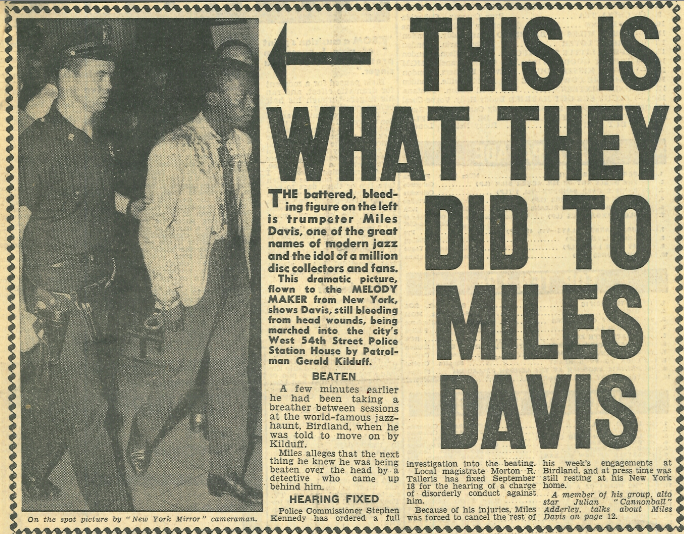“Ring of Fire” has been covered many times and in many ways since Johnny Cash released it in 1963. But for all its recognition as one of his signature songs, Cash’s “Ring of Fire” is itself a cover — or another interpretation, in any case, of a tune originally written by Cash’s wife June Carter and songwriter Merle Kilgore for June’s sister, Anita Carter. Though it made nothing like the mark Cash’s recording did, the original “Ring of Fire” has its appreciators, a group that may well include Brian Eno. Or at least one feels an affinity between Anita Carter’s take on the song and Eno’s own, the latter of which you can listen to above.
Unlikely enough to begin with, in an artistic sense, the recording’s availability on the internet has saved it from near-complete obscurity. “In 1990, Brian Eno and John Cale made a wonderful experimental pop/art rock record called Wrong Way Up, released by Warner Bros. Records,” writes Boing Boing’s David Pescovitz.
“At the time, the label would send out 7” records to alt.rock/college radio stations to promote their new releases. The promo series, called Soil Samples, featured different artists on each side of the record performing songs that weren’t included on their new albums.” Cale’s contribution to the sample was an instrumental called “Shuffle Down to Woodbridge,” and the flip side of this translucent-vinyl rarity featured “Merry Christmas” by the two-man Americana group House of Freaks.
As the legend goes — for every story connected with Johnny Cash becomes a legend — the idea for how to do “Ring of Fire” came to the Man in Black in a dream. The “Mexican horns” that had risen up from his subconscious “sound like they’ve stumbled in from somewhere else on the radio dial and are trying desperately not to fall over Cash’s standard shave-and-a-haircut clomping beat,” writes The Atlantic’s Noah Berlatsky. “Cash, for his part, turns in one of the most awkward vocals of his career.” And yet “all those elements knocking against each other,” he continues “fit the song’s lyrics perfectly.” Eno’s flowing, languid, Mexican-horn-free recording may sound more like the original “Ring of Fire” than any other cover, but it also befits its artist, the man who popularized ambient music. Neither Cash nor Eno sing like men especially subject to “wild desire,” but what song isn’t enriched by a bit of counterpoint?
via Boing Boing
Related Content:
Johnny Cash Sings “Man in Black” for the First Time, 1971
Johnny Cash & Joe Strummer Sing Bob Marley’s “Redemption Song” (2002)
Inside the 1969 Bob Dylan-Johnny Cash Sessions
Based in Seoul, Colin Marshall writes and broadcasts on cities, language, and culture. His projects include the book The Stateless City: a Walk through 21st-Century Los Angeles and the video series The City in Cinema. Follow him on Twitter at @colinmarshall, on Facebook, or on Instagram.


